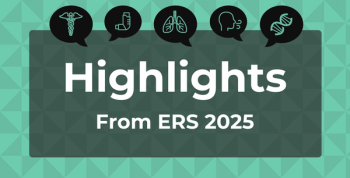
CBO Revises Estimate of What It Will Cost to Cover CHIP—It's Far Less Than Expected
Federal budget watchdogs have drastically lowered their estimate of what it will take to fund the Children’s Health Insurance Program (CHIP) because of 3 factors related to tax law changes affecting the Affordable Care Act at the end of last year that basically make it cheaper to insure children through CHIP than through insurance marketplaces.
The Congressional Budget Office (CBO) and the Joint Committee on Taxation (JCT) have drastically lowered their estimate of what it will take to fund the Children’s Health Insurance Program (CHIP) because of 3 factors related to tax law changes affecting the Affordable Care Act at the end of last year that basically make it cheaper to insure children through CHIP than through insurance marketplaces.
In a letter to Senate Finance Chairman Orrin G. Hatch, R-Utah,
While lawmakers on both sides agree on the need for CHIP, which covers millions of low-income children, they disagree about how to pay for it. Temporary funding was included in a spending bill last month, but the money is still slated to run out before March.
The CHIP bill under consideration also would make several other changes, including a change in the federal matching rate for the program and an extension of the requirement that states maintain eligibility levels as they were in 2010.
The change is significantly smaller than the agencies’ prior estimate primarily because the offset to the cost of funding CHIP for 5 years is larger as a result of changes made to the individual health insurance marketplace in the wake of the tax reform package signed into law by President Trump last month. The tax bill repealed the individual mandate, which required a penalty for most people who did not have insurance.
As a result, premiums for marketplace coverage will be higher, including the federal cost of enrolling a child in marketplace coverage, as opposed to CHIP.
Thus, funding CHIP for 5 additional years—causing some children to be covered in that program rather than through the marketplaces—would result in a larger drop in spending than in the prior estimate.
Second, the agencies estimate that without the penalties related to the individual mandate, a larger share of parents would be uninsured. When funding for CHIP is reduced under current law, some parents would try to keep coverage for their children and enroll them in a family policy through the marketplaces. While some of those parents would otherwise be insured and could add their children to their coverage, a larger group is now expected to be uninsured and seek coverage for themselves and their children, resulting in higher federal costs. As such, funding CHIP for 5 additional years would result in a larger cut in spending related to the marketplaces.
Lastly, the agencies now include into their estimate final regulations related to how premiums differ by age that now increase premiums for children’s marketplace coverage. Those regulations cause federal spending per child in the marketplaces to be higher. Funding CHIP for 5 additional years would reduce the number of children covered through the more expensive marketplaces.
Newsletter
Stay ahead of policy, cost, and value—subscribe to AJMC for expert insights at the intersection of clinical care and health economics.













































